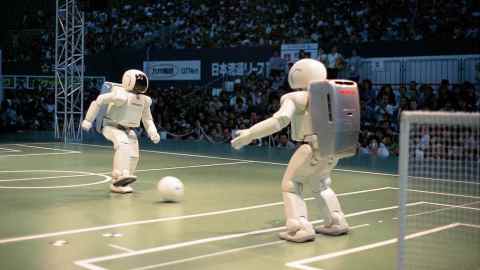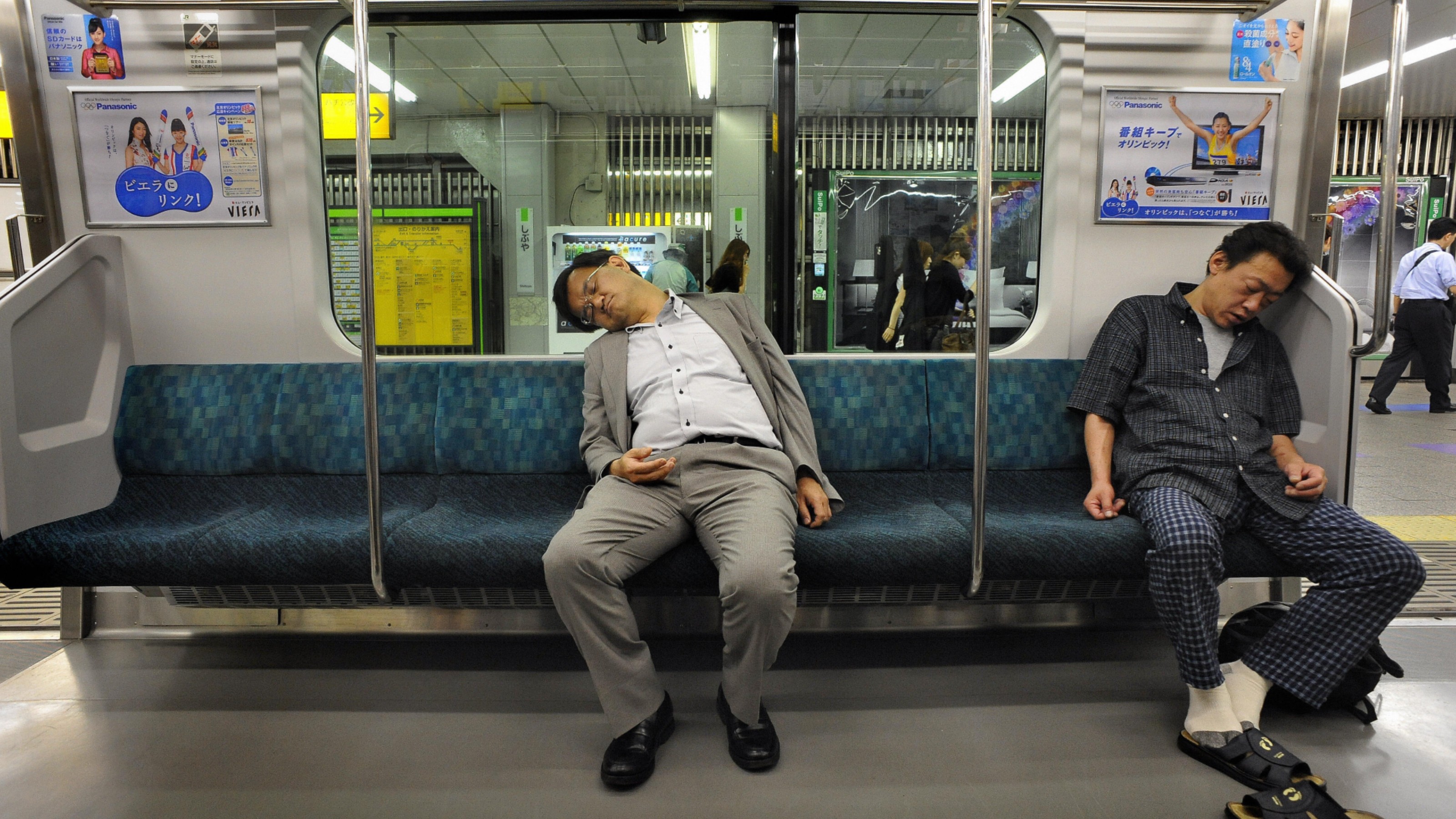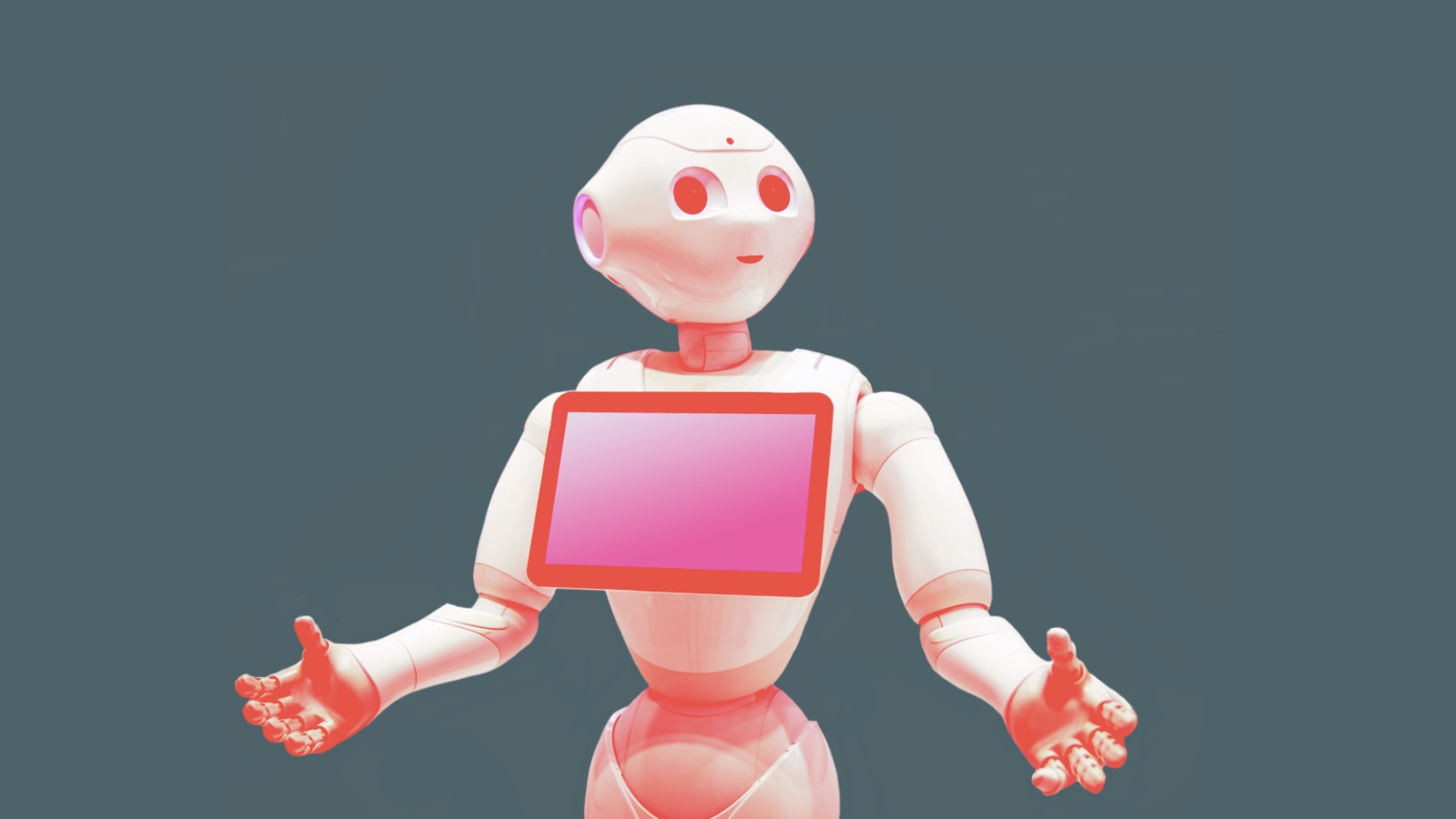Japan Evolves into the Future

Our 10-day visit to Japan coincided with China surpassingJapan in the global economic rankings, a story which seemed to make a splash everywhere but in Japan. According to Waseda University Professor Norihiro Kato, Japan has matured beyond the need to prove itself in such statistical contests.
While most Western socio-economic stereotypes revolve around Japan’s stagnant economy and graying population, we witnessed a Japan that has the potential to lead the way in creating a fruitful human-technology co-existence. The demands of caring for an aging population combined with Japanese society’s obsession with technology have combined to make Japan an interesting laboratory for experiments in integrating robots seamlessly into daily life.
Whereas the military and industry dominate both the theory and practice of robotics in the West, Japan is culturally pre-disposed to thinking positively about robots and their social applications. 40 percent of Japan’s budget is spent on healthcare, and the government is investing ever more in developing robots which can keep track of the vital signs of individual elderly people. Hiroshi Kobayashi, who directs the Kobo Lab at the Tokyo University of Science, has pioneered the “Saya” humanoid robot that will be deployed in some elementary schools in Tokyo next year. Saya gets kids excited about learning, but also has a stern side that can scold students as well. This next generation of Japanese entrepreneurs—the seven and eight year olds we witnessed at the National Museum of Emerging Science and Technology—are carrying forward this enthusiasm, packing auditoriums for a face-to-face encounter with Honda’s Asimo robot.
Taken together, these trends indicate that Japan might be the first society where humans not only use robots as devices, but co-exist with them. At ERATO Lab and RoboGarage, we had fascinating conversations with inventors designing robots that neither intimidate nor entertain, but make daily life easier and empower individuals to design and prototype their own products. This spirit is best captured by an ANA airline poster, designed by Tokyo-based firm Flower Robotics, which depicts an ancient wooden Japanese door with “Posey” (a robotic flower girl) standing in front of it with a caption that reads: “The future of tradition.”
No doubt Japan’s economic malaise can be interpreted as something much more sinister than Kato’s “post-growth maturity.” Japan’s hierarchical and bureaucratic traditions can smother innovation; there are no successors to world-beating Toyota apparent on Japan’s corporate horizon. But don’t count Japan out. It may appear a risk-averse culture, but not in the most existential way: a willingness to seize the hybrid future.
Ayesha and Parag Khanna explore human-technology co-evolution and its implications for society, business and politics at The Hybrid Reality Institute.





